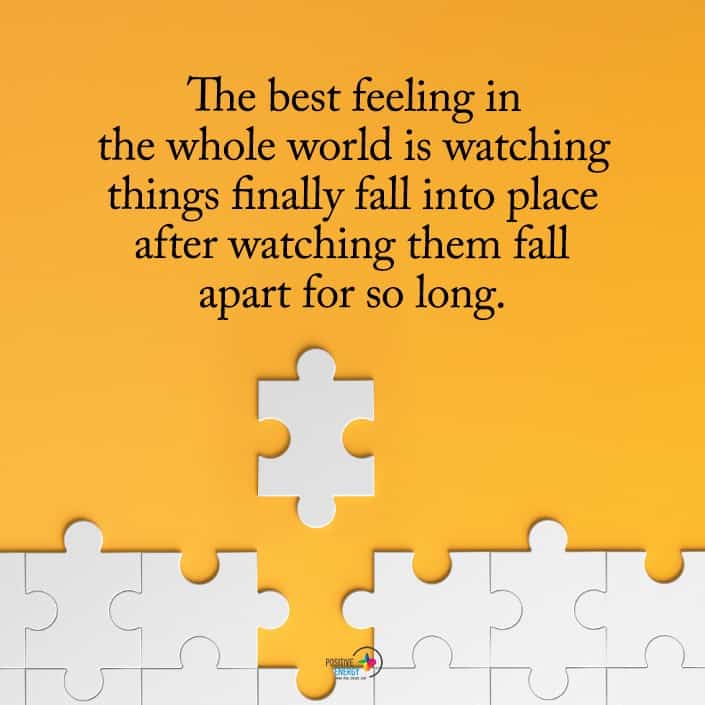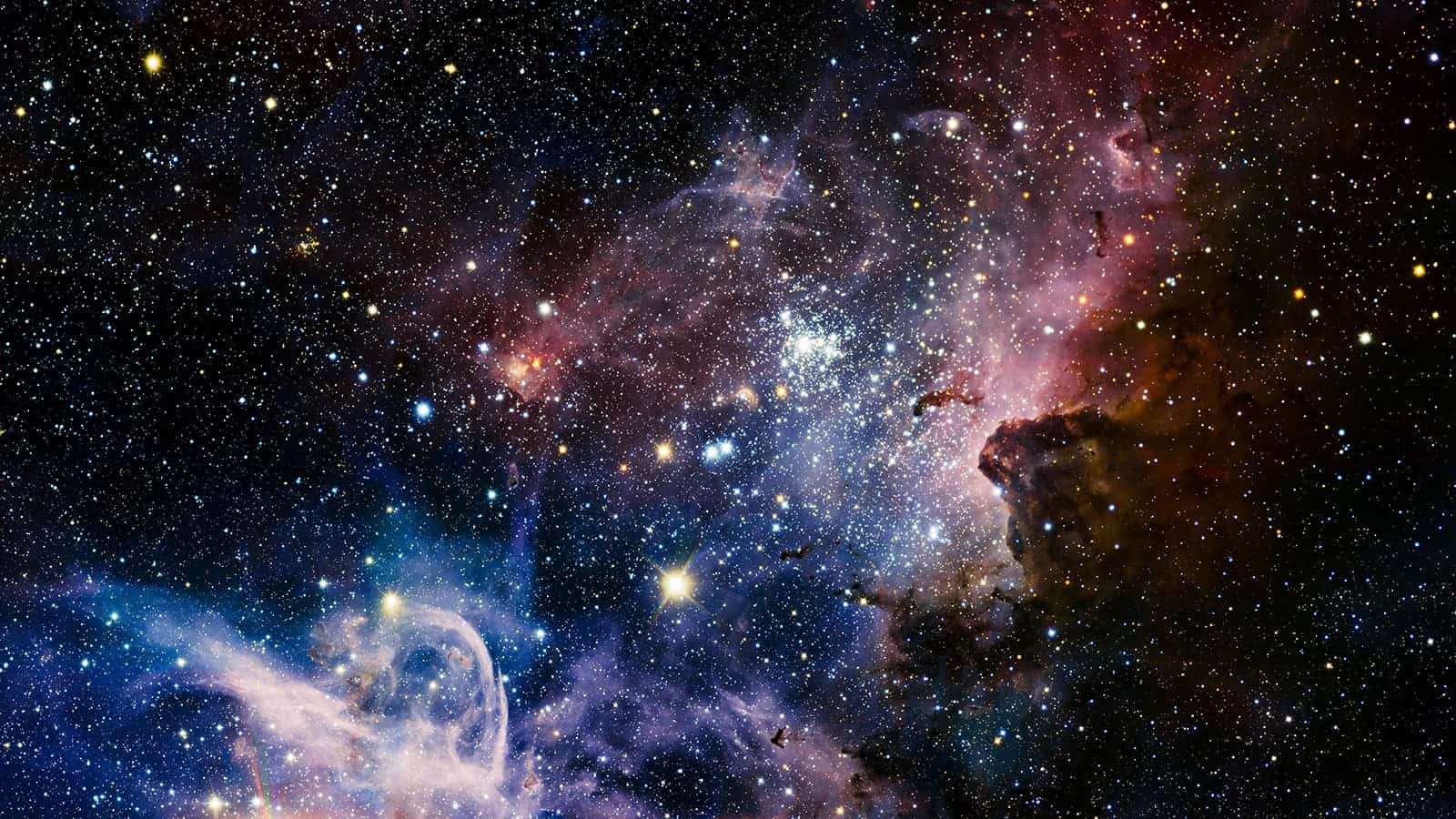Harvard astronomers have discovered an enormous cavity in space that may shed new light on how stars form. They unearthed the sphere-shaped phenomenon while analyzing 3D maps and sizes of nearby molecular clouds. This massive cavity may explain how supernovae lead to star formation.
The cavity spans about 150 parsecs, or nearly 500 lightyears, according to the research published in the Astrophysical Journal Letters. It’s located in the sky among the constellations Perseus and Taurus. The research team from the Harvard-Smithsonian Center for Astrophysics believes ancient supernovae that exploded 10 million years ago created the cavity.
The Perseus and Taurus molecular clouds, a star-forming region, surround the peculiar cavity.
“Hundreds of stars are forming or exist already at the surface of this giant bubble,” says Shmuel Bialy, a postdoctoral researcher at the Institute for Theory and Computation (ITC) at the Center for Astrophysics (CfA) who led the study.
“We have two theories — either one supernova went off at the core of this bubble and pushed gas outward forming what we now call the ‘Perseus-Taurus Supershell,’ or a series of supernovae occurring over millions of years created it over time.”
The discovery implies that the Perseus and Taurus molecular clouds are interconnected rather than independent structures. Scientists believe that they formed from the same supernova explosion.
“This demonstrates that when a star dies, its supernova generates a chain of events that may ultimately lead to the birth of new stars,” Bialy explains.
Mapping Molecular Clouds to Show How Stars Form
 Astronomers gathered data for the 3D map of the cavity and surrounding clouds from Gaia. The European Space Agency (ESA) launched the space-based observatory. The researchers published a separate study in the Astrophysical Journal (ApJ), analyzing the 3D maps of the Perseus and Taurus molecular clouds.
Astronomers gathered data for the 3D map of the cavity and surrounding clouds from Gaia. The European Space Agency (ESA) launched the space-based observatory. The researchers published a separate study in the Astrophysical Journal (ApJ), analyzing the 3D maps of the Perseus and Taurus molecular clouds.
For both studies, the team used a dust reconstruction model made by researchers from Max Planck Institute for Astronomy in Germany. In comparison, previous images of the molecular clouds consisted of just two dimensions, the latest maps created 3D images of the clouds for the first time.
“We’ve been able to see these clouds for decades, but we never knew their true shape, depth, or thickness. We also were unsure how far away the clouds were,” says Catherine Zucker, a postdoctoral researcher at the CfA who led the ApJ study. “Now we know where they lie with only 1 percent uncertainty, allowing us to discern this void between them.”
In addition to revealing more information about the molecular clouds, the maps also serve other purposes. It’s another step forward to understanding the vastness and complexity of space and how stars form.
“There are many different theories for how gas rearranges itself to form stars,” Zucker explains. “Astronomers have tested these theoretical ideas using simulations in the past, but this is the first time we can use real — not simulated — 3D views to compare theory to observation, and evaluate which theories work best.”
The 3D Visualizations Offer New Ways to Learn About Space.
This new study represents the first time the American Astronomical Society (AAS) published astronomy visualizations in augmented reality. Now, scientists and the public can interact with the visualization of the sphere-shaped cavity and its surrounding molecular clouds. After scanning a QR cold in the paper using their smartphone, they can access the universe at their fingertips. This helps not only scientists but the public better understand how stars form.
“You can literally make the universe float over your kitchen table,” says Harvard professor and CfA astronomer Alyssa Goodman. She’s a co-author on both studies and founder of glue, the data visualization software used to create the 3D maps.
Goodman refers to the latest research as examples of the “paper of the future.” She says the 3D visualizations in the studies pave the way for greater interactivity and replication of science. AAS committed to these standards in 2015 in a pledge to modernize publications in our technological age. Since many people learn better with visualizations, it may help deepen the public’s understanding of space.
“We need richer records of scientific discovery,” Goodman says. “And current scholarly papers could be doing much better. All of the data in these papers are available online — on Harvard’s Dataverse — so that anyone can build on our results.”
Goodman hopes that future scientific papers will frequently include audio, video, and augmented reality features. This will make it easier to explain scientific discoveries in layman’s terms for the general public.
She added, “It’s 3D visualizations like these that can help both scientists and the public understand what’s happening in space and the powerful effects of supernovae.”
Other interesting findings from the study
- Taurus and Perseus: The Taurus and Perseus molecular clouds are about 500 and 100 lightyears, respectively, away from the Sun. They sit at the front and back sides of the Per-Tau Shell (the sphere-shaped cavity).
- Tau Ring: Researchers found a prominent ring structure in the Taurus molecular cloud called the “Tau Ring.” After analyzing the 3D maps, they discovered that the near side of the Tau Ring connects with the main body of Taurus at a distance of roughly 500 lightyears (150pc). The farthest part extends to a distance of about 220pc or nearly 720 lightyears.
- The Fictitious Connection: A filament seems to connect Taurus to Perseus. However, scientists found that it’s only a coincidental projection effect that makes this connection appear natural. Instead, the filament is located at the distance of Taurus and doesn’t physically connect to Perseus.
 Final thoughts on Harvard Astronomers Gaining aBetter Idea of How Stars Form
Final thoughts on Harvard Astronomers Gaining aBetter Idea of How Stars Form
Harvard astronomers recently discovered a vast sphere-shaped cavity among the Perseus and Taurus constellations. The hole spans about 150 parsecs, or nearly 500 lightyears, according to the research. Scientists believe that an exploding supernova 10 million years ago created the mysterious “bubble” in space.
They used 3D maps for the first time to gain more insight into the molecular clouds and how stars form. The team hopes that most studies will include 3D representations of data and other augmented reality features in the future.


















